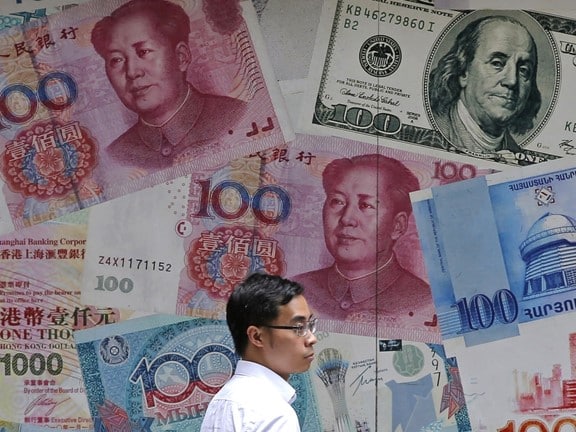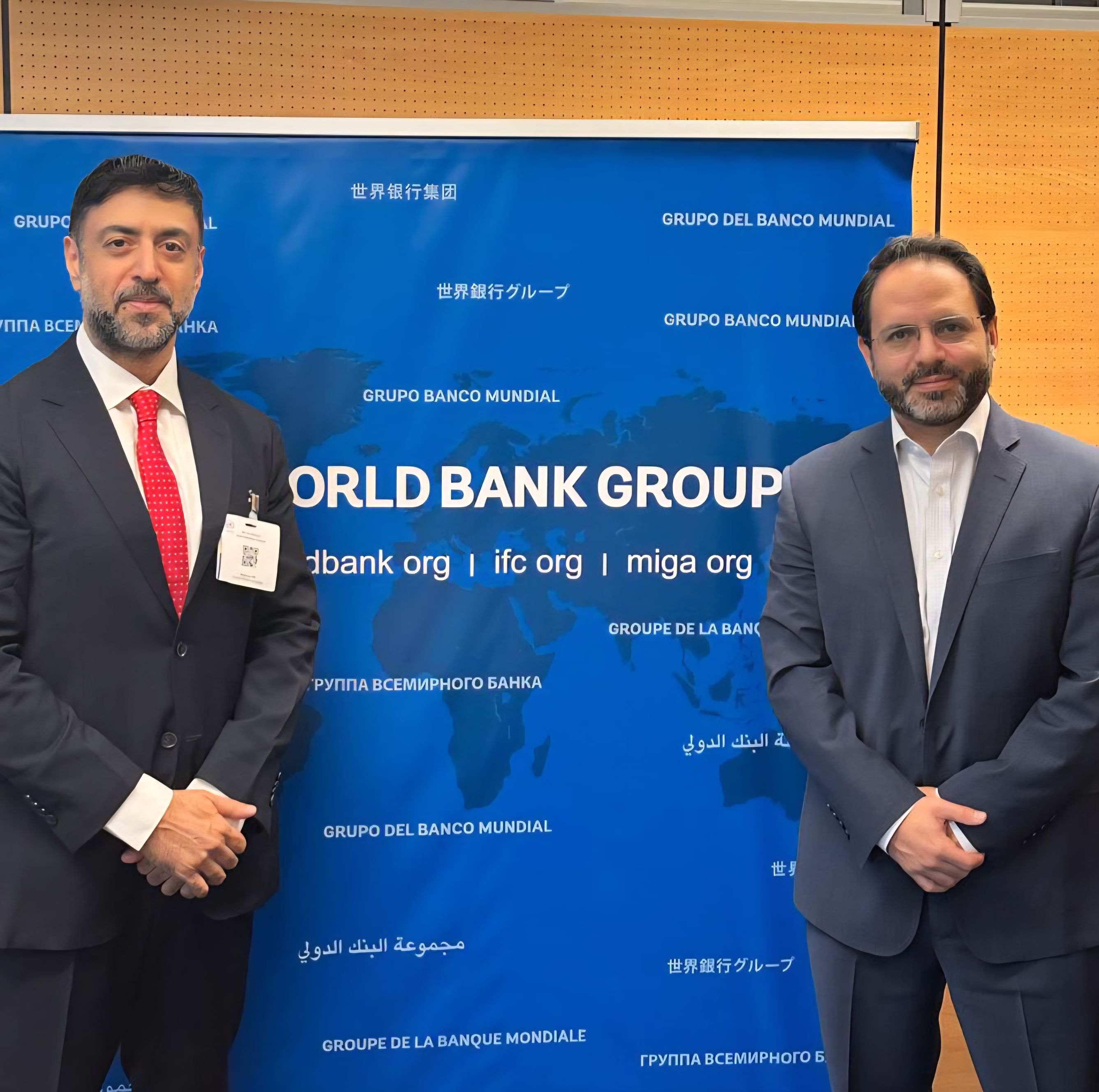Cairo
Source: Al-Wafd Newspaper
Prof. Dr. Ali Mohammed Al-Khouri
The global monetary system is no longer governed by the unilateral logic that prevailed after the Cold War. The dollar, which for decades was the center of gravity in market balances and reserves, is now facing signs of a quiet disintegration that portends a shift in the structure of international financial power.
What is taking place today is a slow but profound transformation, led by rising powers seeking to redefine the foundations upon which the balance of monetary influence has been based since the Bretton Woods Agreement of 1944, when Western powers met to establish the centrality of the dollar and link global currencies to it, thus heralding the birth of an era of American monetary hegemony.
At the heart of this transformation stands China, which is quietly reshaping its external financial instruments in an attempt, not devoid of geo-economic ambition, to undermine the dollar’s supremacy on the one hand, and build the foundations for an alternative monetary system more aligned with the new power map.
Since late 2022, China has begun implementing a series of systematic measures to reduce its dependence on the US currency, adopting an approach based on long-term hedging against the risks of a Washington-centric financial system. China has not limited its options to political metaphors, but has embarked on practical steps, most clearly manifested in the deliberate expansion of its gold reserves as a strategic asset.
According to a World Gold Council report, China’s gold reserves as of March 2025 totaled 2,292 tons, equivalent to approximately 6.5% of its total foreign exchange reserves. Although this steady increase in reserves appears to be a tactical measure to protect the domestic economy from volatility, it represents a strategic step within a broader project aimed at repositioning the yuan within the global monetary landscape.
Beijing is betting that owning solid gold assets will give its national currency greater confidence in international transactions, especially in light of the gradual erosion of the dollar’s credibility as a reserve currency following years of US monetary expansion and economic sanctions that have exposed the fragility of unilateral reliance on the dollar during crises. This approach aligns with a long-standing philosophy within Chinese economic thought, based on the principle of gradually decoupling from traditional monetary centers, without directly violating the rules of the system, but rather through a quiet and steady erosion.
In parallel with these steps, Beijing is seeking to expand the use of the yuan in international trade by concluding currency swap agreements with several Asian, African, and Latin American countries, in an attempt to establish an alternative payments network to SWIFT, one of the most important tools of Western financial dominance. China has also begun, with calculated caution, to reduce its holdings of US Treasury bonds, a highly sensitive process given its implications for the market value of the dollar itself and the stability of Chinese reserves.
However, Beijing strategically realizes that a complete decoupling from the dollar is not an option in the near term. The depth of global economic interconnectedness and the complexity of cross-border investments preclude the adoption of radical policies that could harm the Chinese economy more than they help it. Therefore, its steps appear calculated, based on a delicate balance between the desire to reposition the global monetary system and the caution against destabilizing the existing financial system in a way that could trigger adverse reactions.
Although gold reserves still represent a limited percentage of China’s total assets, the symbolic message Beijing is sending to the world is clear: a new monetary system is taking shape, and multipolarity is beginning to crystallize at the heart of the international financial system. It’s no secret that many central banks around the world have begun to adopt a similar approach, opening the door to the formation of an international monetary bloc that embraces paths different from the dominance of the dollar, at a time when the world is witnessing escalating tensions between major powers competing for the legitimacy of financial and economic leadership.
In this context, China’s gold rush cannot be interpreted as a mere precautionary financial move, but rather as a sovereign choice aimed at redrawing its position within the international monetary system. More broadly, it represents what might be termed “monetary geography,” the redistribution of geopolitical influence based on financial and banking instruments, rather than on the balance of military power or technological superiority alone.
This phenomenon intersects with the growing role of local currencies in bilateral transactions and the return of the discourse associated with “monetary sovereignty” in the discourse of many countries, which have also begun to question the feasibility of excessive concentration on the dollar.
Although this transformation is still in its infancy, its cumulative effects are beginning to appear across markets and investment options. Gold prices are on an upward trend driven by official demand, not just commercial speculation, while US bond markets are facing additional pressures as major powers, led by China, decline in purchases.
Ultimately, China does not appear to be directly upending the global monetary system, but rather seeking to engineer a new reality based on balance rather than exclusion, and on diversity rather than centralization. The current moment is not a moment of collapse, but it is certainly a moment for a radical revision of long-held economic assumptions.
The open question remains: If China is able to move with this careful vision toward a multilateral system, will Western powers proactively redefine the role of the dollar, or will they remain bound by the old paradigm of Western supremacy? Are we entering a transitional phase requiring careful management of monetary conflict, or are we witnessing the beginning of a new financial map whose future will be written in gold?












